What is Gene Therapy with siRNA?
Gene therapy is a field of medicine that involves altering the genes within a person’s cells to treat or prevent disease. This can involve replacing a disease-causing gene with a healthy copy, inactivating a disease-causing gene, or introducing a new gene into the body to help fight a disease.
How Can Gene Therapy Help With Hair Loss?
When it comes to androgenetic alopecia or other types of hair loss, gene therapy could potentially be used in a few ways:
- Altering Sensitivity to DHT: Androgenetic alopecia is caused by hair follicles that are genetically sensitive to DHT. Gene therapy could potentially be used to modify these genes, reducing the follicles’ sensitivity and preventing hair loss.
- Promoting Hair Growth: Some forms of hair loss are due to hair follicles becoming dormant. Gene therapy could potentially introduce genes that promote hair growth, effectively “waking up” these dormant follicles.
- Treating Underlying Causes: For some forms of hair loss that are caused by underlying genetic conditions, gene therapy could potentially treat the root cause, thereby addressing the hair loss.
While gene therapy holds a lot of promise, it’s important to remember that it’s still a relatively new field, and there are still many challenges to overcome before it becomes a common treatment option for conditions like hair loss.
The application of gene therapy for hair loss is still in the early stages of research. Preclinical studies (mostly in animals) have investigated potential targets for gene therapy in hair loss and new studies are underway. Clinical trials will be necessary to evaluate the safety and effectiveness of any potential gene therapy treatments for hair loss.
What are the Limitations of Gene Therapy?
There are several significant challenges and limitations that currently exist for gene therapy as a treatment for hair loss, including:
1. Delivery: One of the biggest challenges for gene therapy is delivering the new or altered genes to the correct cells in the body. This is a particular challenge for hair loss, as the target cells are the hair follicles.
2. Immune Response: The body can sometimes recognize the vectors used to deliver the gene therapy (often viruses) as foreign and mount an immune response. This can not only reduce the effectiveness of the therapy but can potentially lead to serious side effects.
3. Off-target Effects: Similar to siRNA therapy, gene therapy also carries the risk of off-target effects where the wrong gene might get altered, leading to unexpected and potentially serious consequences.
4. Long-term Effects and Safety: The long-term effects and safety of gene therapy are not fully understood. This is particularly important when considering treatments for conditions like hair loss, which, while certainly impactful on quality of life, are not life-threatening conditions.
5. Regulatory Approval and Cost: The process to get a gene therapy approved for use in humans is lengthy and expensive. Even once approved, the cost of gene therapy treatments can be prohibitively high.
While gene therapy holds a lot of promise, it’s important to remember that it’s still a relatively new field, and there are still many challenges to overcome before it becomes a common treatment option for conditions like hair loss.
Is siRNA Therapy Gene Therapy?
Small interfering RNAs, often shortened to siRNAs, are a type of molecule that plays a key role in the regulation of genes. They work by interfering with the expression of certain genes, which is why they’re named as they are.
What is siRNA?
siRNAs were first discovered in plants but are now understood to exist in nearly all eukaryotic organisms. The technology of siRNAs in medical therapy is primarily focused on designing synthetic siRNAs to target specific genes of interest. These synthetic siRNAs can be introduced into a cell to silence or “knock down” the activity of a specific gene.
How does siRNA work?
siRNAs work via a process called RNA interference (RNAi). Here’s how it works in simple terms:
– The siRNA molecule, which is double-stranded, unwinds into two single strands.
– One of these strands is loaded into a protein complex called the RNA-induced silencing complex (RISC).
– The loaded RISC then finds messenger RNA (mRNA) molecules that have a matching sequence to the siRNA strand.
– The RISC, guided by the siRNA, binds to the matching mRNA and cleaves it, which prevents it from being translated into protein. In other words, the gene represented by that mRNA is effectively “silenced.”
How is siRNA used as a medical or cosmetic treatment?
The therapeutic potential of siRNAs is immense. By specifically targeting genes related to disease, it may be possible to treat conditions that are currently difficult or impossible to manage. For example:
– Cancer: Some cancers are caused by genes that are overactive. siRNAs could be designed to silence these genes, which could halt the growth of the cancer.
– Genetic disorders: Many genetic diseases are caused by harmful proteins that are produced as a result of mutations in genes. siRNAs could potentially silence these mutated genes, preventing the production of the harmful protein.
– Viral infections: Viruses replicate by taking over the machinery of the host cell and forcing it to produce viral proteins. siRNAs could potentially be used to silence these viral genes, halting the replication of the virus.
However, there are significant challenges to overcome. For example, delivering siRNAs to the right cells without them being degraded by the body is a major hurdle. In addition, it’s critical to ensure that siRNAs only target the intended genes and don’t interfere with the activity of other, healthy genes. But with ongoing research, there’s hope that these challenges can be overcome.
Can siRNA be used in skin conditions or hair loss?
siRNA has potential therapeutic applications for a variety of skin conditions. Because the skin is directly accessible, it provides an attractive target for siRNA-based therapies. Here are a few examples:
– Psoriasis : Psoriasis is a chronic autoimmune condition that accelerates the growth of skin cells, resulting in thick, red, scaly patches on the skin. Some research has focused on using siRNAs to reduce the expression of certain genes that promote inflammation and rapid cell growth, which are characteristic features of psoriasis.
– Atopic Dermatitis (Eczema) : This condition is characterized by itchy, red, and inflamed skin. Studies suggest that using siRNAs to target and downregulate specific genes related to inflammation could be a promising therapeutic strategy.
– Wound Healing : Some research has looked into using siRNA to modulate the expression of genes involved in wound healing. For instance, targeting genes that code for proteins which can cause scarring or slow down the healing process.
– Skin Cancer : siRNA might be used to target genes that are implicated in skin cancer. By silencing these genes, the growth and proliferation of cancer cells could be reduced.
– Viral Skin Infections : For conditions like warts (caused by human papillomavirus), siRNA could potentially be used to inhibit viral replication.
– Hair Loss / Alopecia : One way that siRNA might be used to treat androgenetic alopecia is by targeting the androgen receptor gene itself. If siRNAs can be designed to specifically target the mRNA of the androgen receptor, they could reduce the production of androgen receptors in the hair follicles. This would reduce the number of sites where DHT could bind, which could in turn slow down or halt the hair loss process.
The use of siRNA for treating skin conditions is still largely in the research and development stage. A significant challenge for siRNA therapy is the delivery of siRNA molecules into cells where they can exert their gene-silencing effects. This is a particularly pressing issue in skin treatment due to the skin’s barrier function. Several delivery methods, including the use of lipid nanoparticles, electroporation, and microneedle patches, are being explored to overcome this challenge.
*Each individual's treatment and/or results may vary
If you or someone you know has hair loss, hair thinning, baldness, or eyebrow / eyelash concerns, click to start either a long-distance virtual consultation OR an in-person, in-office consultation with Dr. Bauman. You can also Ask Dr. Bauman a Question or simply call Bauman Medical Group at +1-



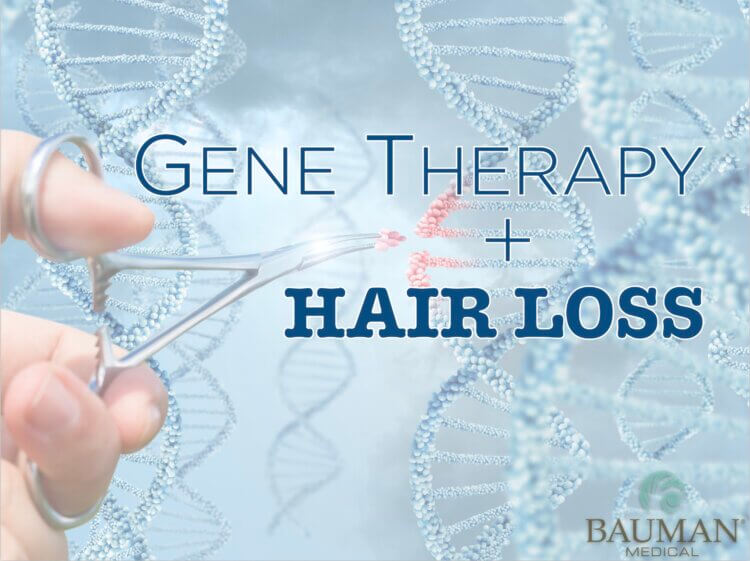
 FDA Concerns Over Topical Finasteride? Explore Safer, Holistic Hair Loss Treatments
FDA Concerns Over Topical Finasteride? Explore Safer, Holistic Hair Loss Treatments How to relax your way to better hair
How to relax your way to better hair VIDEO: Minimally Invasive FUE Hair Transplant FAQ
VIDEO: Minimally Invasive FUE Hair Transplant FAQ Dr. Alan J. Bauman, M.D.Hair Loss & Hair Transplant ExpertBoca Raton, FL
Dr. Alan J. Bauman, M.D.Hair Loss & Hair Transplant ExpertBoca Raton, FL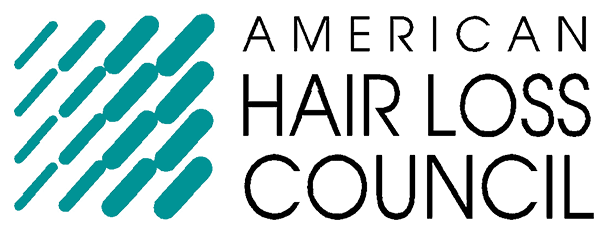

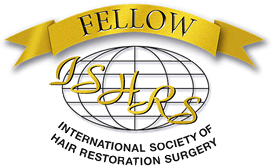
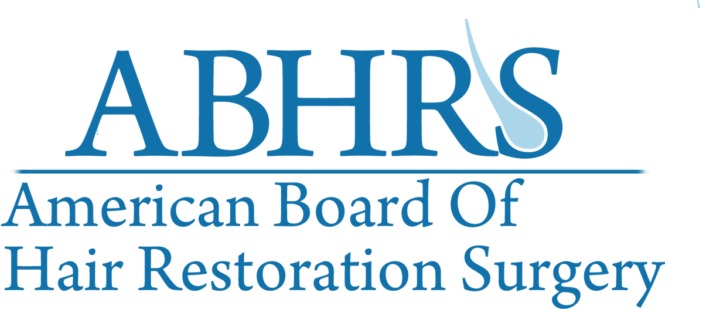

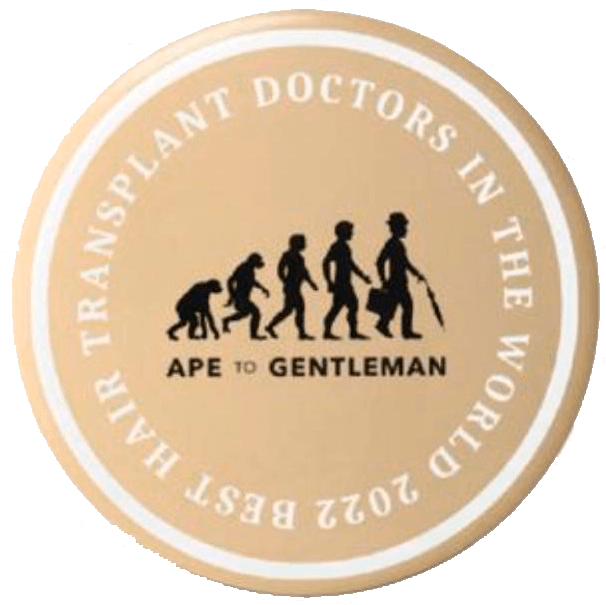

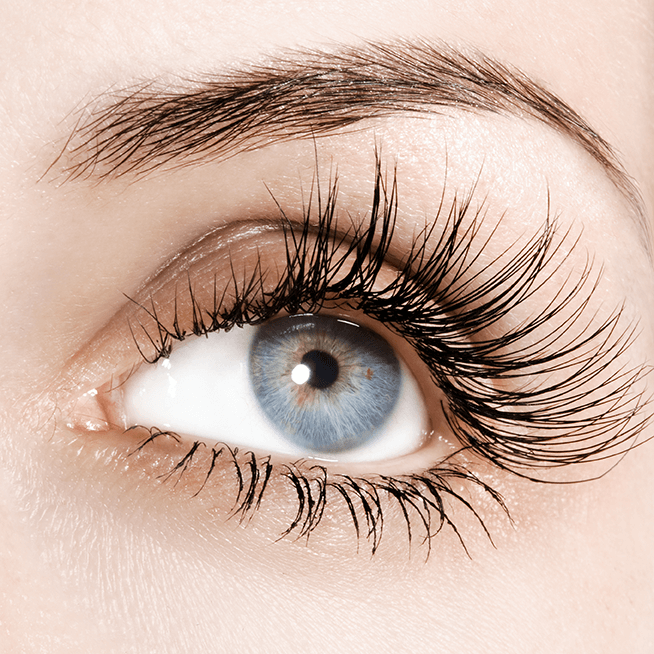
Comments are closed here.